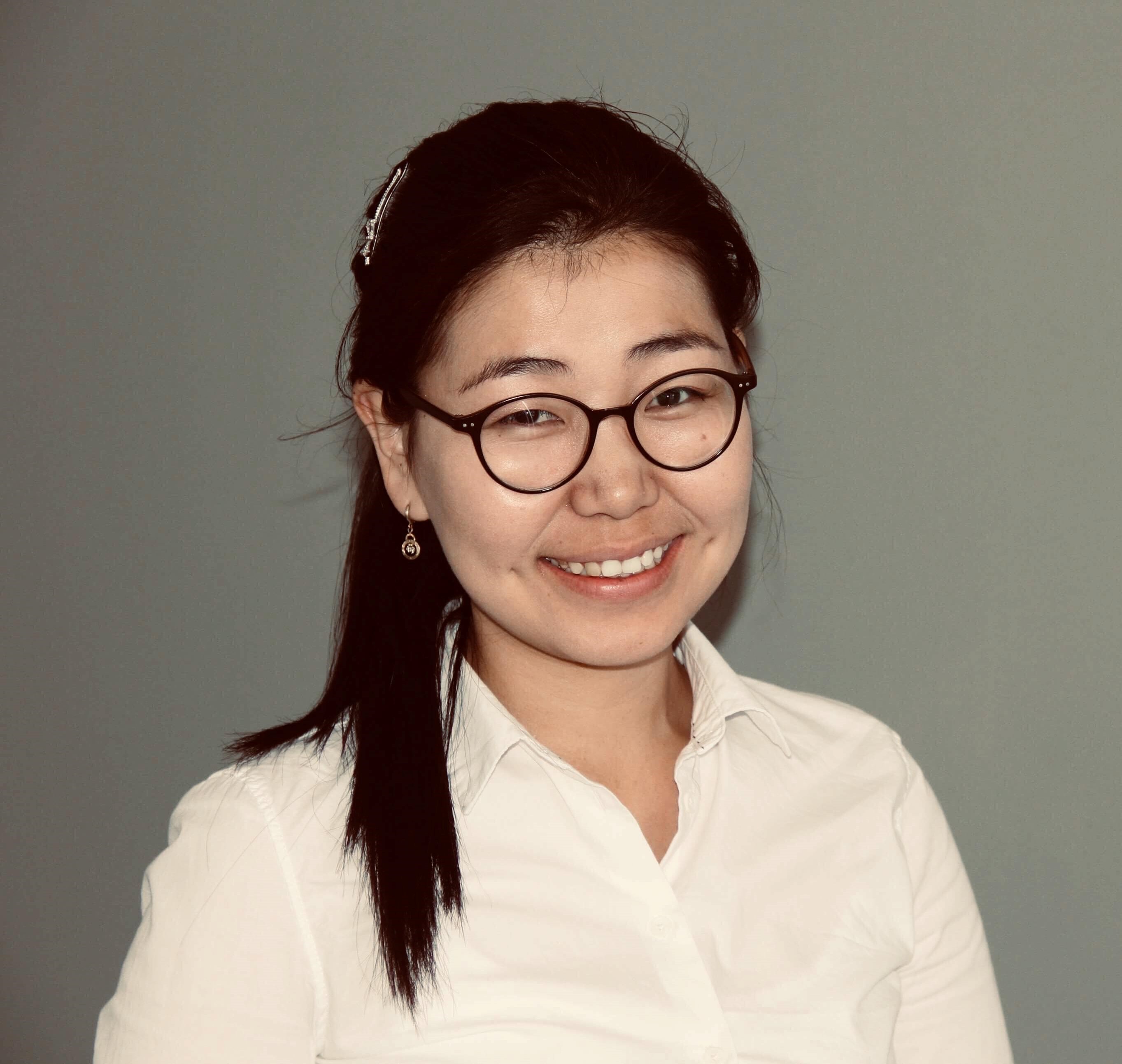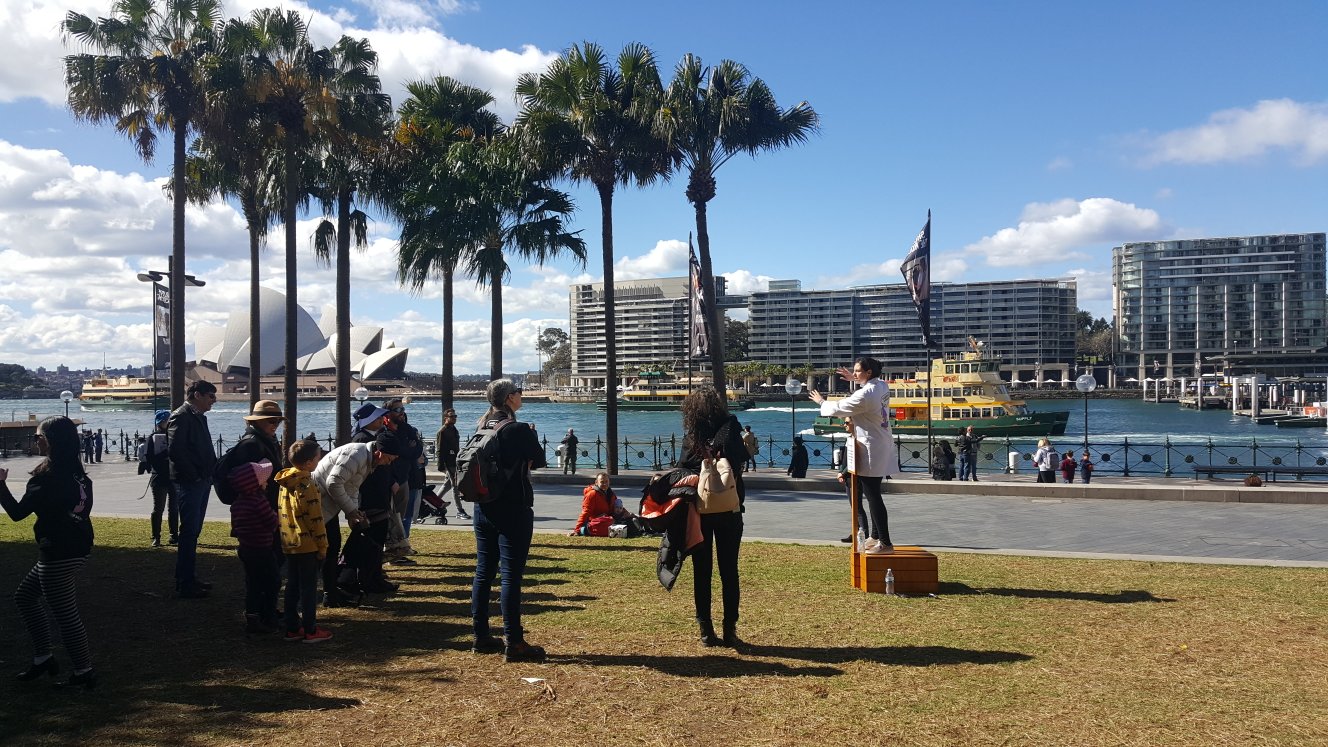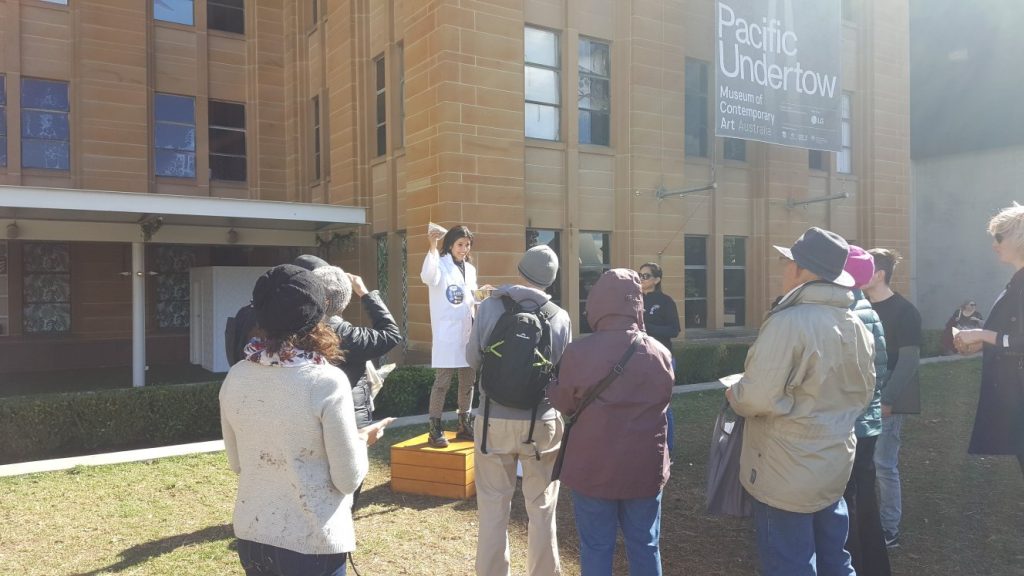By Koumbo Ornella
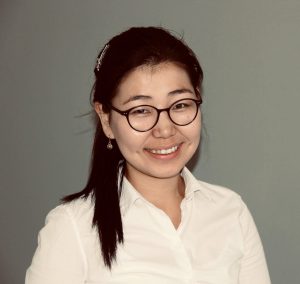
Why is the sky blue? Why are leaves green? Why is the sun bright? These are typical questions we expect from children about the outside world. But not Munkhshur Myekhlai; she was wondering how she could protect the environment of her country of Mongolia from mining and air pollution. Her passion for the environment led her to study chemistry at National University of Mongolia and then Australia where she is a Scientia PhD scholar and working on synthesising nanoparticles to develop clean energy sources which she may one day be able to introduce to Mongolia.
- What do you study at UNSW?
I am a PhD student in the School of Chemistry at UNSW. My research focuses on the synthesis of nanoparticles which can help by used to develop clean energy sources.
- Why did you choose to study in science?
Since I was child, I was always looking for answers. Where does rain come from? How those glasses are made? How does a television work? Naturally, this led me towards an interest in science as a way to find the answers to these questions. As I grew up, began to realize that studying science is not the only way to help me understanding the things, but it was also a way for me to help change our world in a right way.
- So, what kind of questions are you now trying to answer in your PhD?
I was born in Mongolia, a country rich in natural resources including precious and rare earth metals, and fossil fuels. Naturally, these resources mean there is a lot of mining in my country. Unfortunately, for various reasons, the mining industries in Mongolia are not well developed and there are no recycling systems in place for industrial waste which means the natural environment of Mongolia is under threat. So, one of my biggest goal in life became how can I help protect the environment in Mongolia?
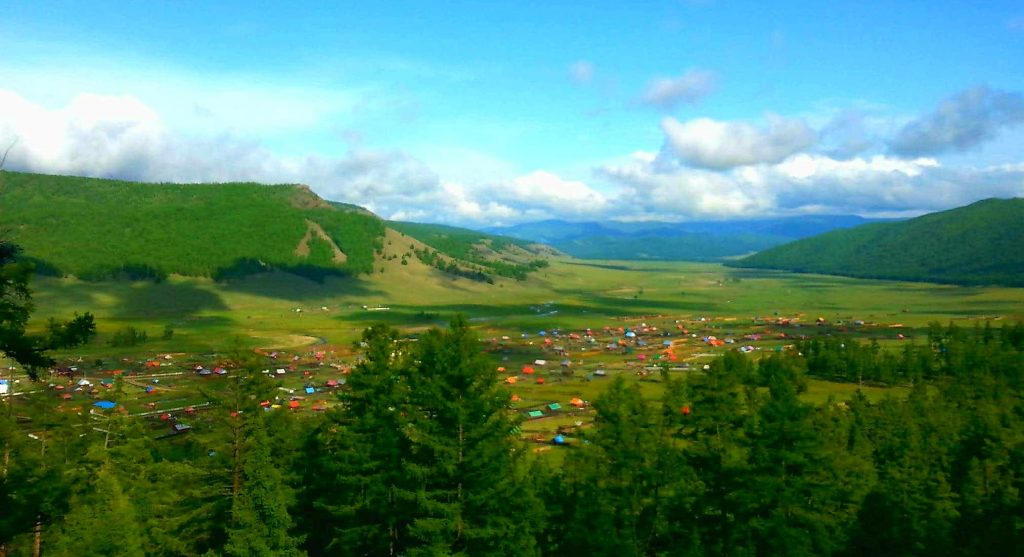
This led me to my PhD research which focuses on making nanoparticles to be used as a catalyst for clean, green energy sources. By learning how to develop green and sustainable technology during my PhD, I can return to Mongolia and drive the development and implementation of environmentally friendly mining technology.
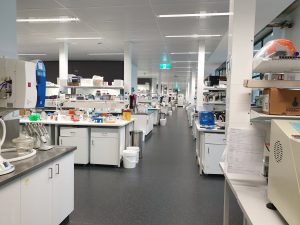
- What do you love most about your PhD research?
I love the challenge of learning new skills. For example, I had to learn certain microscopic techniques to characterize the nanoparticles I have made. It is amazing when you see your particles at the atomic level. As Richard Feynman, one of the fathers of nanoparticles, once said ‘there is plenty of room at the bottom’.
- So, what do you like to do when you are not making nanoparticles?
I love to know more about Australian culture, and I like to enjoy the beauty of nature, specially, the beaches of Sydney are very beautiful. I also like watching movies, playing chess and working on science outreach events with younger generations.
- What is your advice for younger generations considering a career in science?
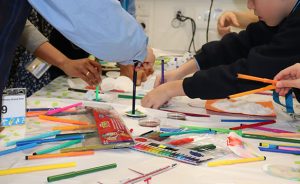
One of Munkhshur’s outreach events with school children
If you have willpower and a dream, nothing is impossible. Follow your dreams with a science and go forward.
Follow Munkshur on Twitter
Follow Ornella on Twitter

